Prepare yourself for a shock. Chemical weapons aren’t aren’t that good at killing people.
This wasn’t always the case. During World War I chemical weapons were devastating on the battlefield.
But there were a few reasons for this. To start, most troops were relatively immobile.
Chemical weapons tend to pool in low-lying areas such as trenches. And countermeasures such as gas masks were relatively privative.
This made them devastating to unprotected soldiers. But survivable if precautions were taken.
There are basically five kinds of chemical warfare agent:
Choking agents - cause death by fluid buildup in the lungs
Nerve Agents - cause death by preventing nerve impulses from being received
Blood agents - cause death by inhibiting blood cells to utilize and transfer oxygen
Blister agents - causes blisters inside and outside of the body
Incapacitating agents - cause psychological delirium but no permanent injury
And if you want to get technical, the Army has a separate category for military chemicals:
Riot control agents -cause upper respiratory track irritation
Respiratory irritants - cause vomiting with the intent to demask the victim
Incendiaries - cause fire damage
Smoke & obscurants - conceals or obscures but you don’t want to breath it in
These agents can be categories into ”persistent” and “non-persistent” agents.
Persistent agents : can cause casualties for more than 24 hours after employment
Non-persistent agents : lose ability to cause casualties after 15 minutes.
Also note that factors such as weather and temperature can have negative effects on the persistence of an agent. Chemicals don’t typically like water or excessive heat.
For the most part, choaking agents (chlorine, phosgene) and blister agents (mustard gas) was used during World War I.
But World War II didn’t see the use of gas at all in combat. Why? Well, it wasn’t like the US Army didn’t try. After the Battle of Tarawa in 1943, the Army begged to use gas against the Japanese.
But this was never allowed to proceed -mainly because the US government didn’t want the Germans or Japanese to use gas in retaliation. President Roosevelt stated:
Use of such weapons has been outlawed by the general opinion of civilized mankind.
But there’s another reason chemical weapons weren’t used - modern armies were far more mobile than they had been in World War II.
The best way to defeat a chemical weapon would be to leave the area. This is something armies could do much more effectively in World War II than in World War I.
The advent of nuclear weapons saw the decline of research into chemical weapons by the west. About the only innovation was the M687 binary sarin chemical artillery shell. Production only ran three years - from 1987 until 1990. These weapons were designed to be inert, but mix their contents into a poison gas on the way to the target once fired.
Why did the NATO stop research into chemical weapons?
Because modern chemical protective gear is actually pretty good at stopping contamination from chemical agents.
So the only real use for chemical weapons is to force soldiers into a higher MOPP or Mission Oriented Protective Posture level.
Anyone who has spent time inside a chemical suit knows that it sucks.
They make everything more difficult - shooting, moving, communicating. They are also very hot. Servicing an artillery piece is backbreaking work. Now imagine doing it in a chemical protective suit.
It can be done, but it’s going to make everything slower.
The only real use for a chemical weapon today is to force your adversary into a higher protective posture to negate a training or communication advantage
This may be useful if performing an assault. For example, if you can use a non-persistent agent that forces troops to mask.
You can safely assault those chemically protected troops without forcing your own troops into protective gear if you time your arrival to coincide with the dissipation of the non-persistent agent.
The advantage goes to the unprotected attacker because the defender is forced to fight and communicate inside of hot, heavy chemical suits.
But this really the only advantage that chemical weapons give to a military - the ability to force an adversary into a higher protective posture.
Note that you might also use chemical weapons for area denial. Such as “sliming” an area with a persistent agent so that your adversary is reluctant to travel through it, but since chemical suits are so good, it may only have a marginal phycological and mobility effect on the “slimed” force.
So let’s get back to the unfortunate soldier in the video.
This video was posted by twitter user @ArthurM40330824 with the claim that the weapon used was a chemical weapon.
In the video a round is dropped by what is most likely a drone.
The soldier then starts to flail around in the water.
I don’t believe that this was a chemical weapon for a number of reasons:
#1. Using a chemical weapon to target an individual soldier gives no tactical advantage while creating all sorts of strategic problems.
Ukraine must take the high road. They know that their very existence depends on them following the west’s standards of conduct in a conflict. Have there been war crimes committed by Ukraine?
Absolutly. But it isn’t a matter of state policy, and Ukraine deals with the problem when their soldiers commit these crimes.
#2. Production is hard. While a chemical weapon could theoretically be created in a high school chemistry lab, loading that agent into a shell requires state support.
Some non-state actors have successfully used chemical weapons, like the Aum Shinrikyo cult’s 1995 subway attack in Tokyo,
But this is very rare. The fact is that these weapons are just as dangerous to the chemist and the transporter than they are to the intended victims.
It is unlikely that Ukraine would devote resources to manufacturing chemical weapons because of reason #1, and it is also unlikely that a rogue militia would be able to undertake chemical weapon manufacture without state backing or they would get themselves killed.
#3. Blood agents like cyanogen chloride cause hypoxia
Cyanogen chloride is some nasty stuff. The basic idea is that this molecule bonds to an enzyme that transfers oxygen. So you are still breathing, but you are suffocating as you are breathing - essentially general hypoxia. While convulsions are listed as a symptom of exposure, you are more likely to see someone turning blue than convulsing. The soldier in this video is flailing, not gasping for air. Flailing is not a sign of exposure to cyanogen chloride.
#4 The detonation was all wrong.
You want chemical weapons to detonate in air, not on the surface so that the agent drifts down. If you explode the weapon on the ground with high explosives you risk damaging the agent before it can be dispersed.
This weapon…
Detonated on the surface of the water:
You can even see the water move.
This would not be an optimal way of detonating a chemical weapon. An airburst would be a better option and that is hard to do without access to advanced electronics, although a timed fuse could be used. Normally, larger weapons are used to deliver chemicals.
While some small chemical-capable mortars like the 107 mm M2 mortar existed back in the 1950’s, they were never used to fire chemical rounds in combat.
The shell dropped by the drone is most likely a VOG-17M with 3D printed fins - which has been used by Ukraine’s drone force since the start of the war.
I reached out to this particular user about the accuracy of their statements. They chose not to respond.
So in conclusion we have:
A person who doesn’t understand how chemical weapons work
A person who doesn’t understand how chemical weapons are employed by a military
A person who doesn’t understand basic chemistry
A person who can’t identify a VOG-17M shell when it has been used by Ukraine for almost a year as a drone-based weapon
A person who doesn’t understand the geopolitical consequences of using a chemical weapon
So what happened to the soldier?
Well, the kill radius of the VOG-17 is 7 meters. The average width of a man is 30 centimeters. You can calculate the distance to the grenade by using the width of the man as a guideline.
The explosive landed 2.4 meters from the man - well within the kill radius of the VOG-17.
So I believe that the soldier was injured in the blast and drowned.
If you are interested in learning how chemical weapons, work the US Army U.S. Chemical Weapons and Related Materiel Reference Guide is below.





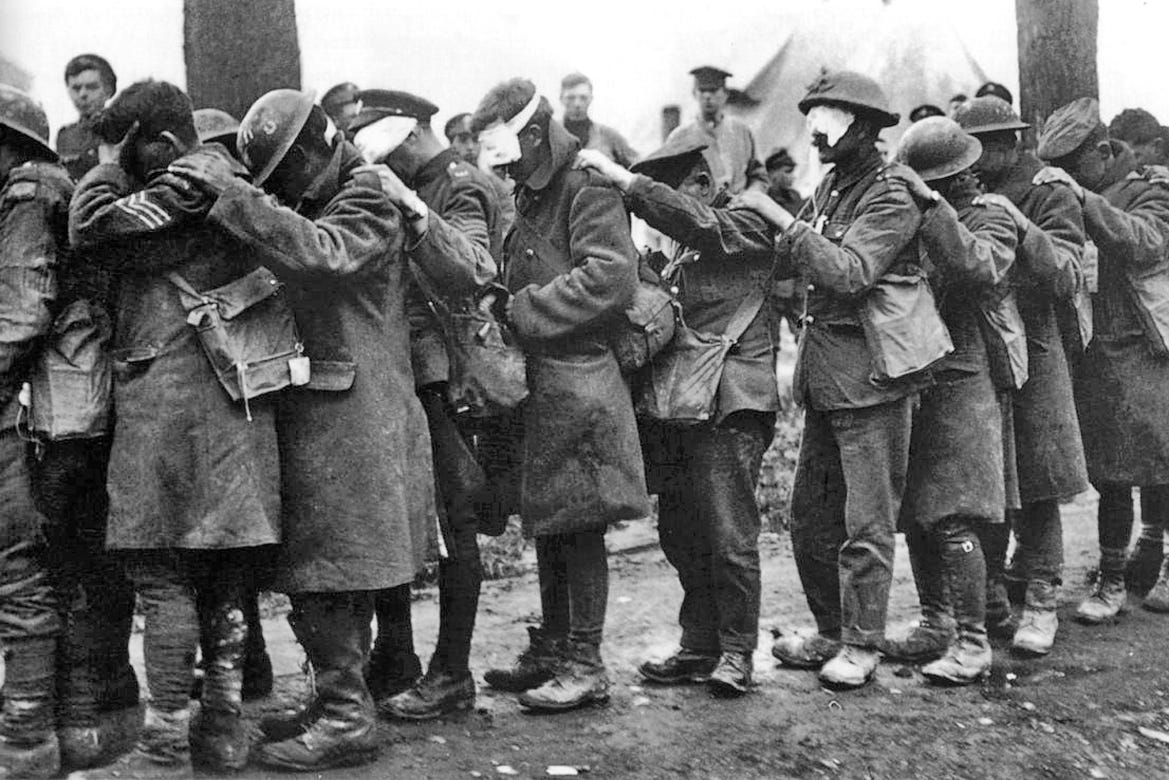
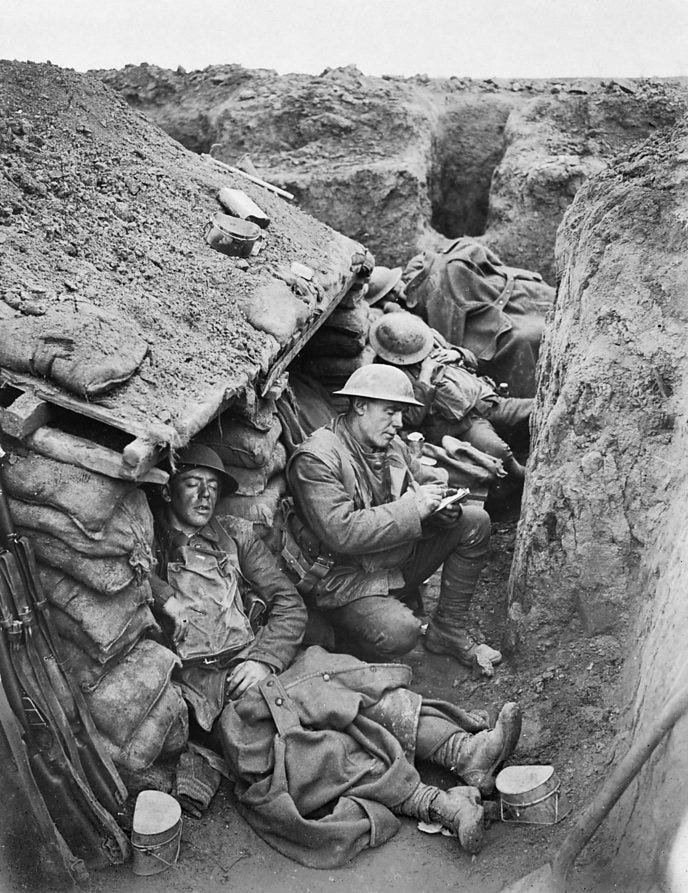

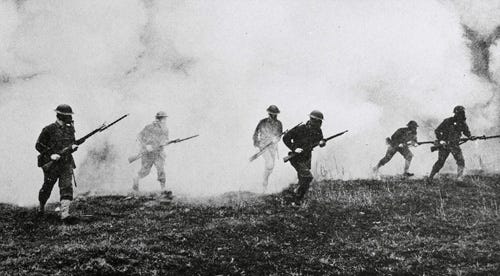
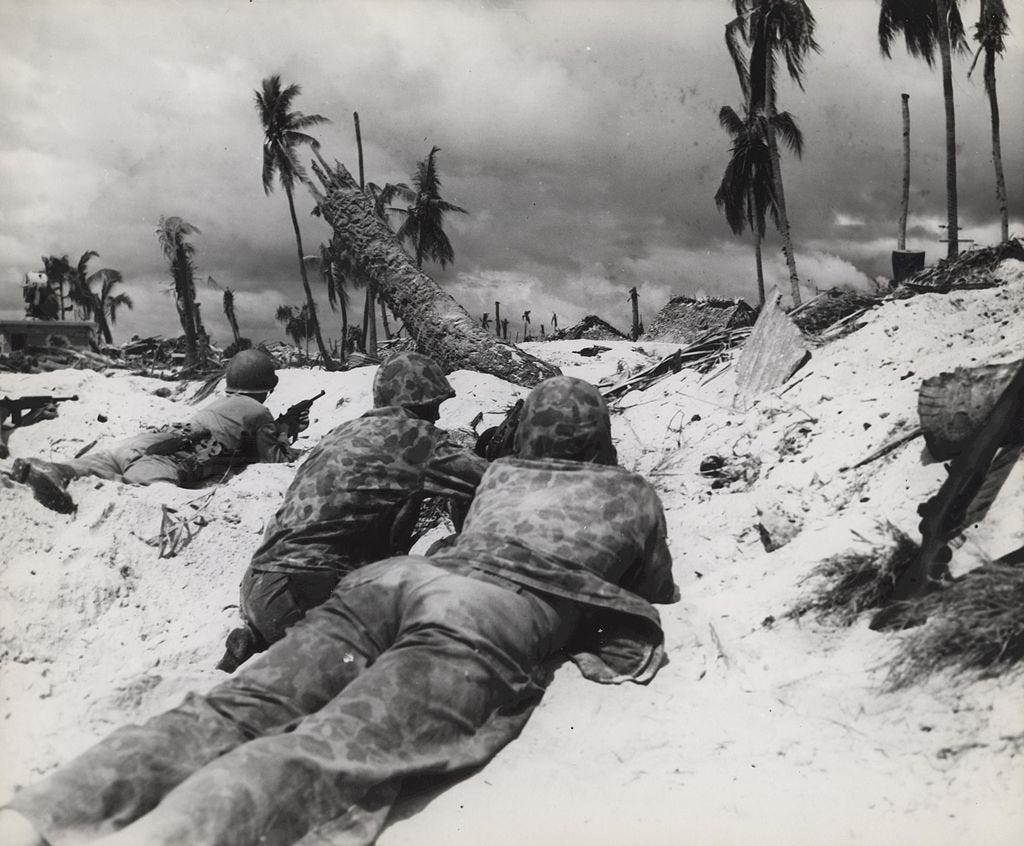
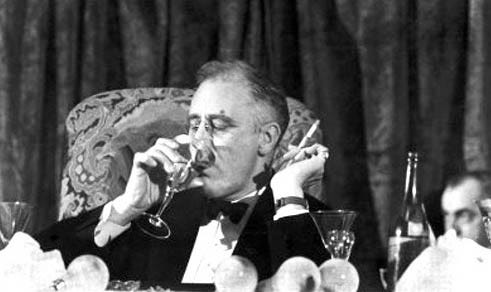
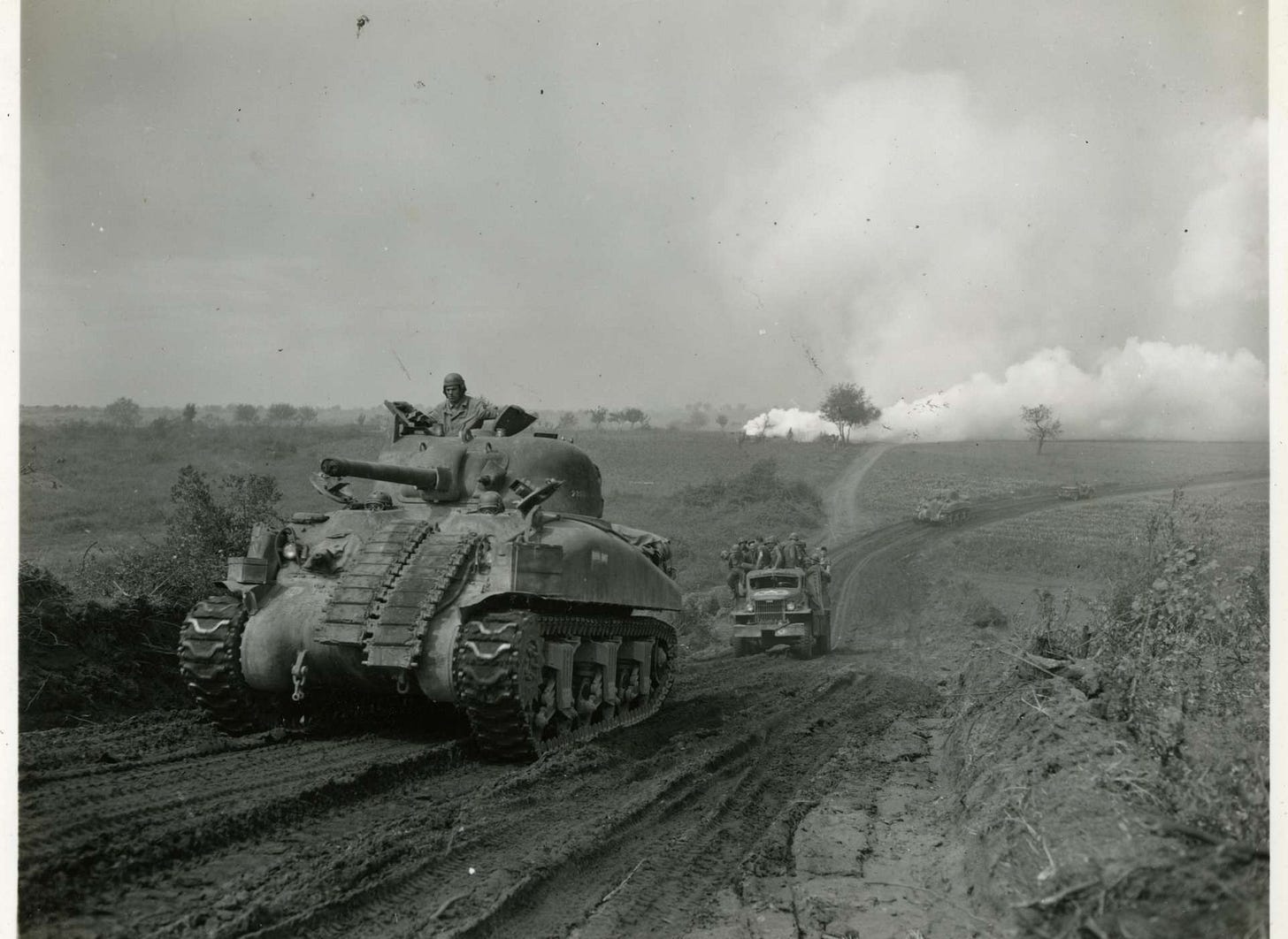
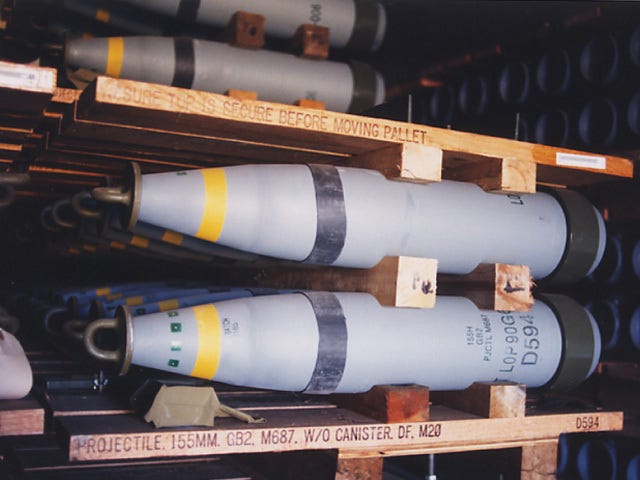
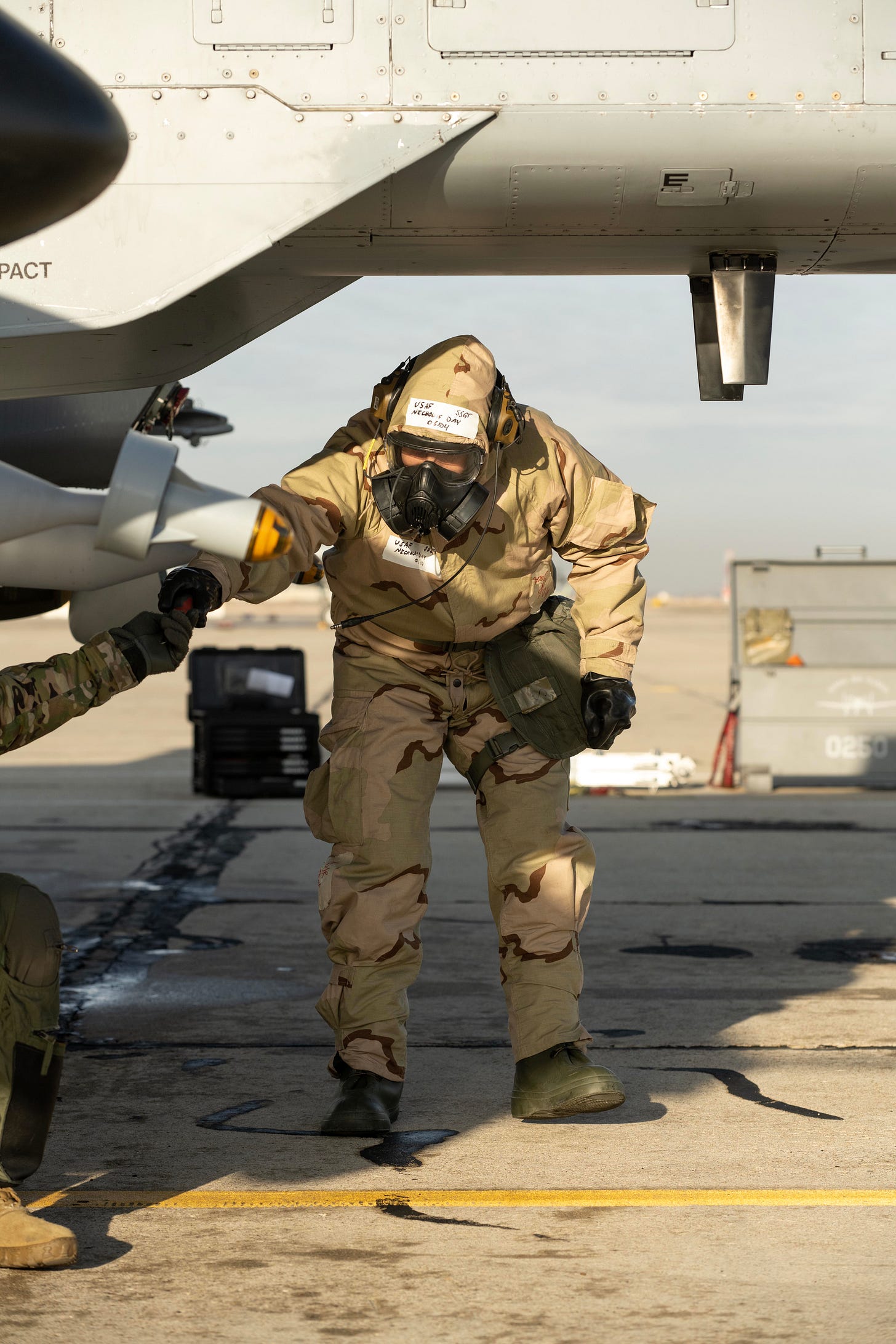
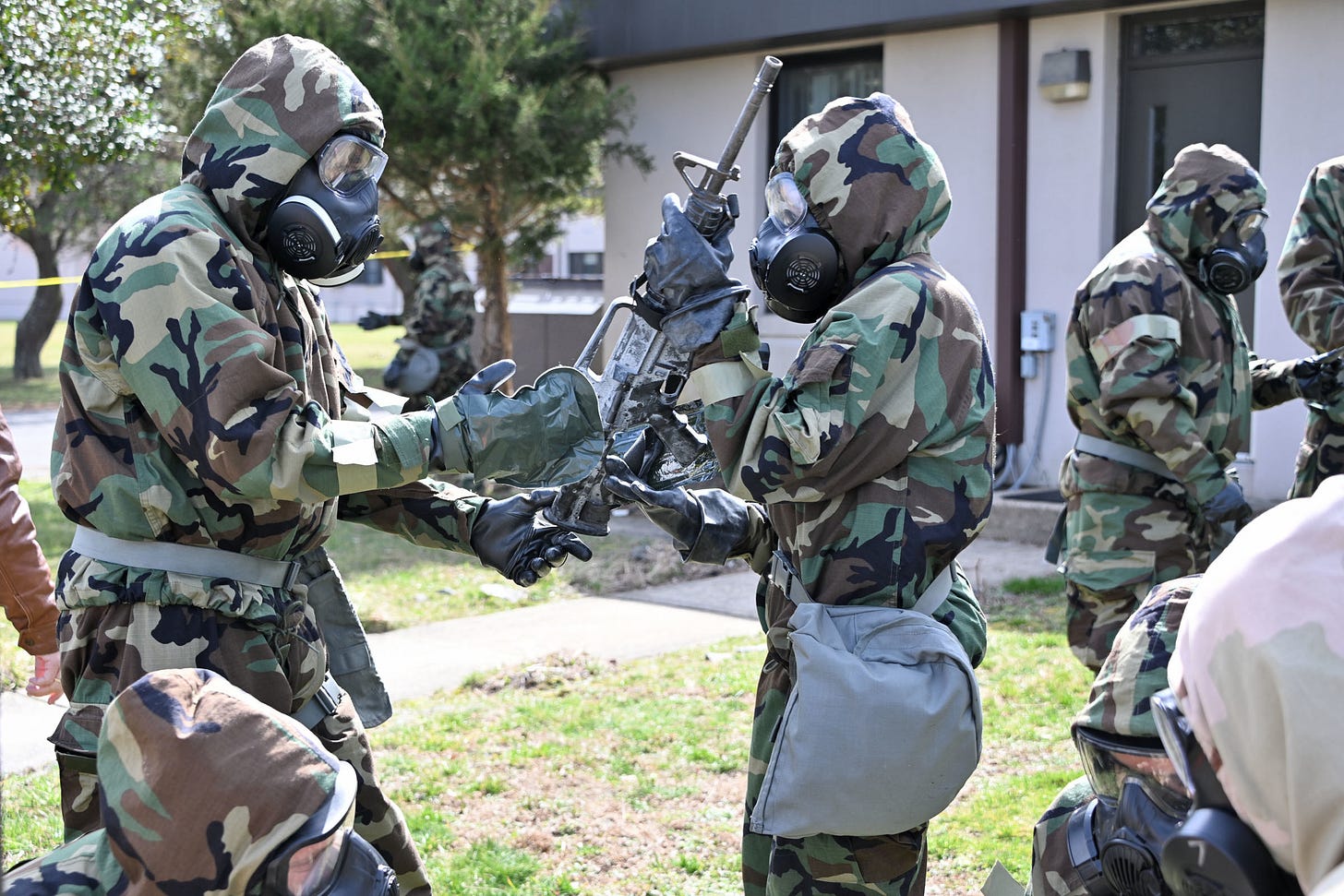
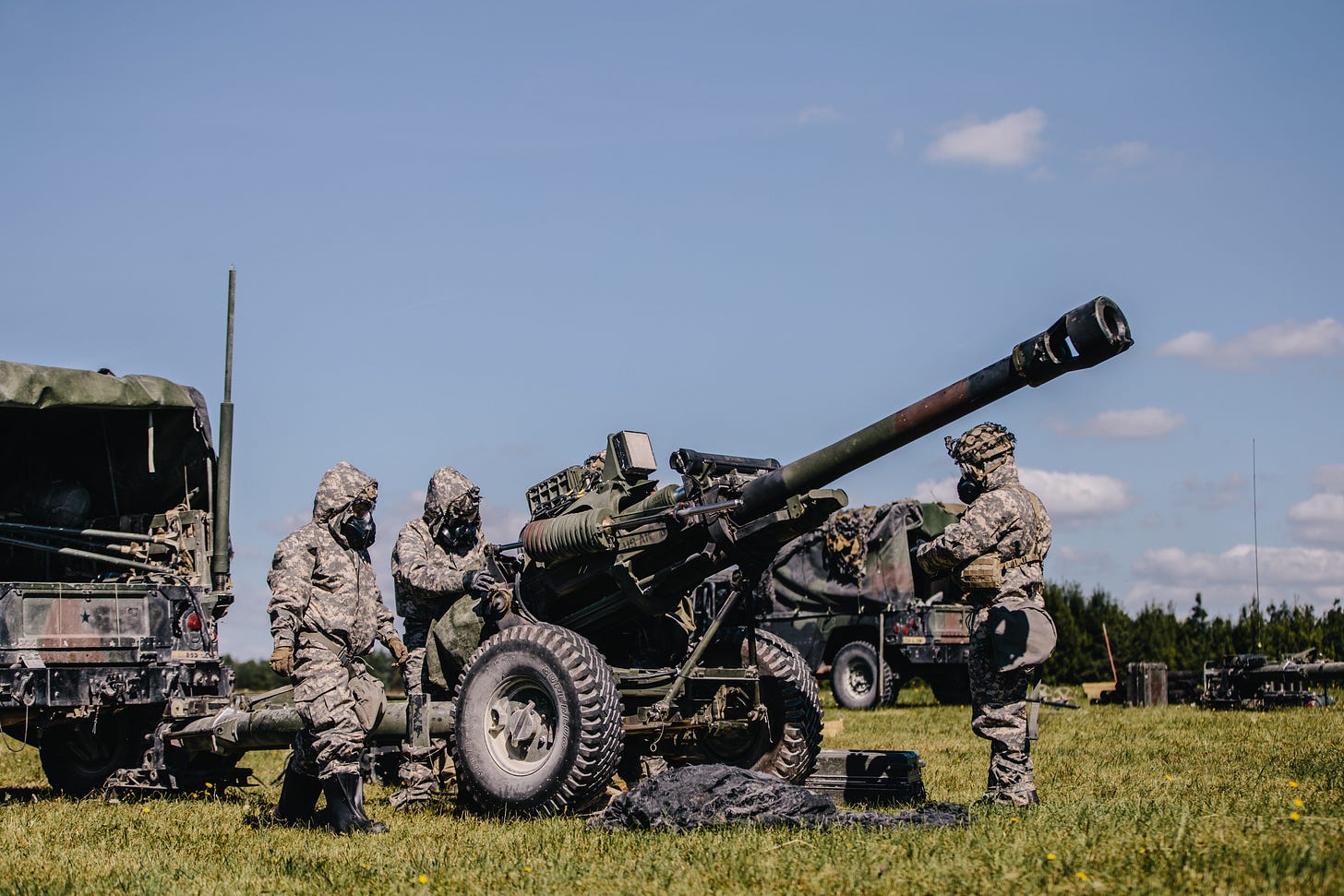
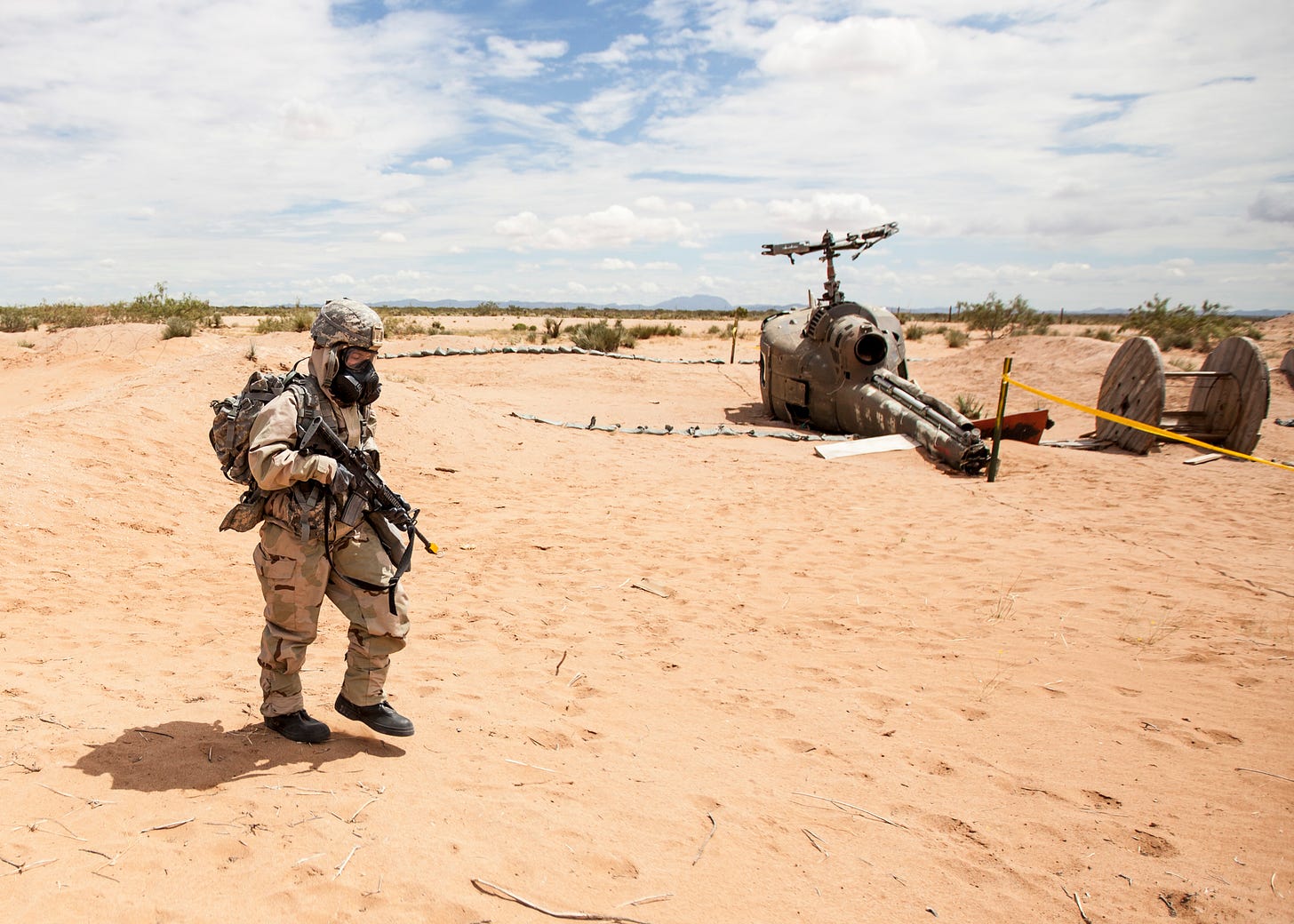
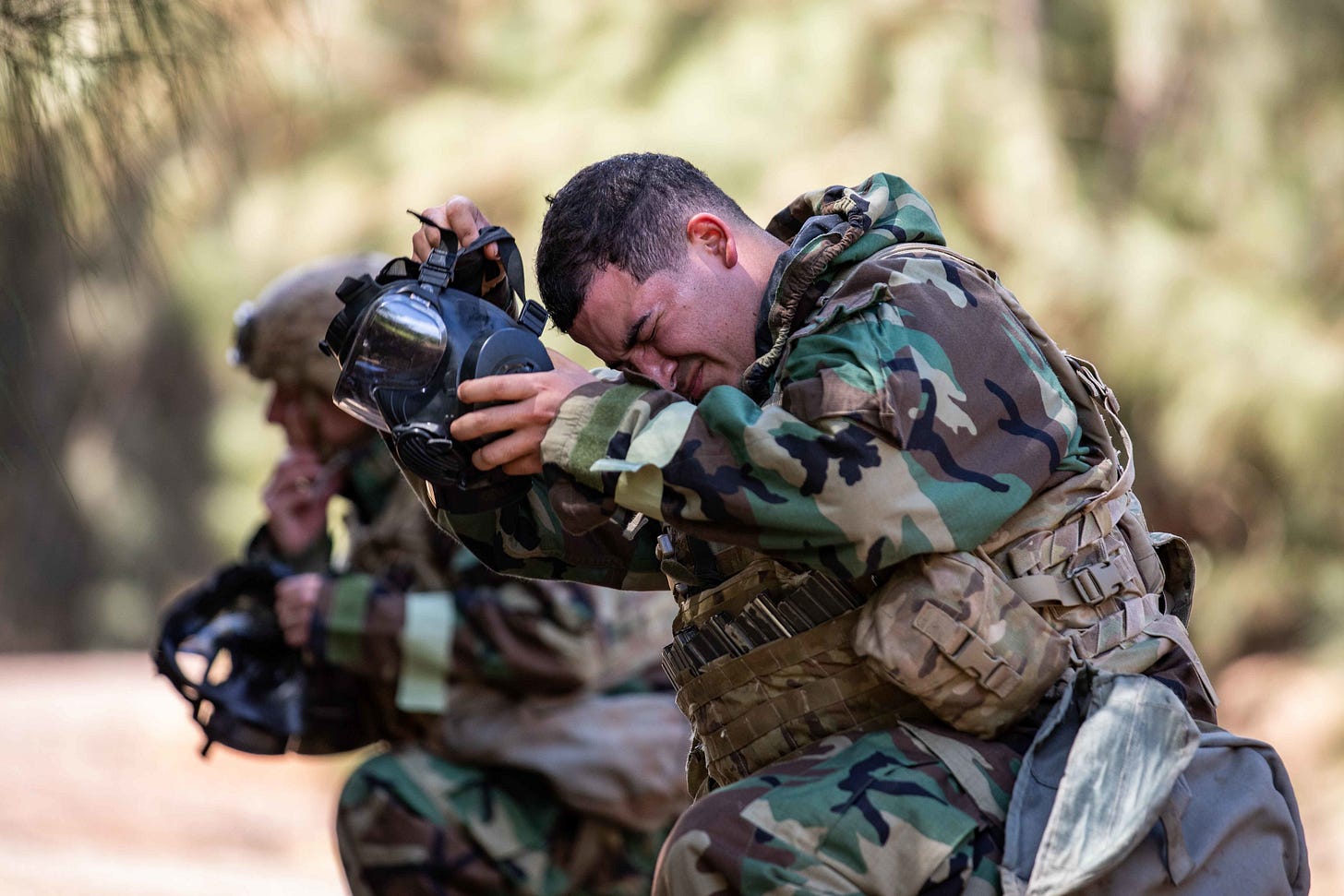
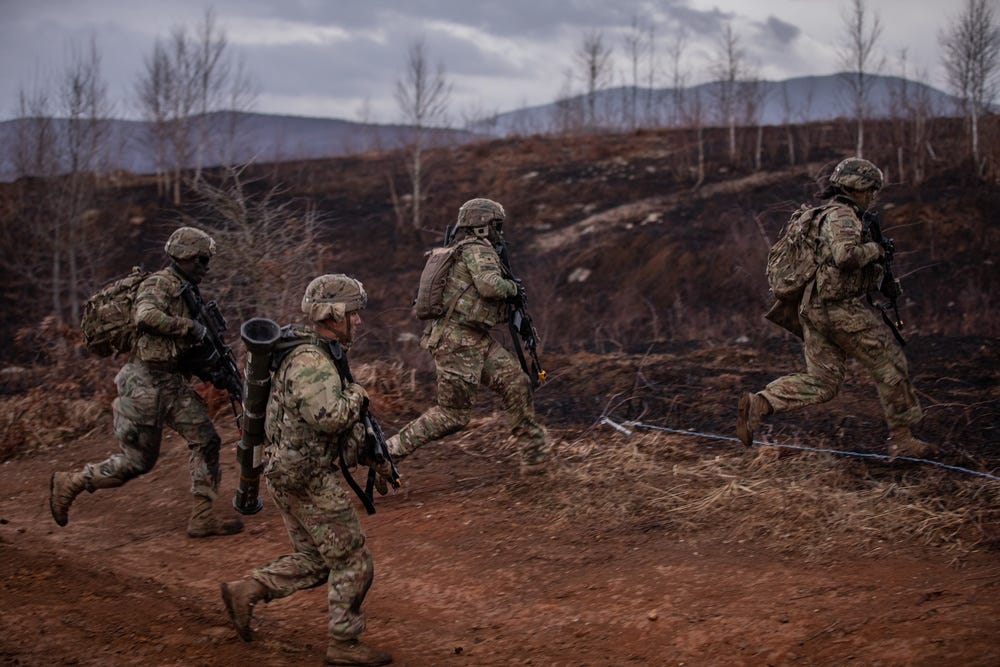
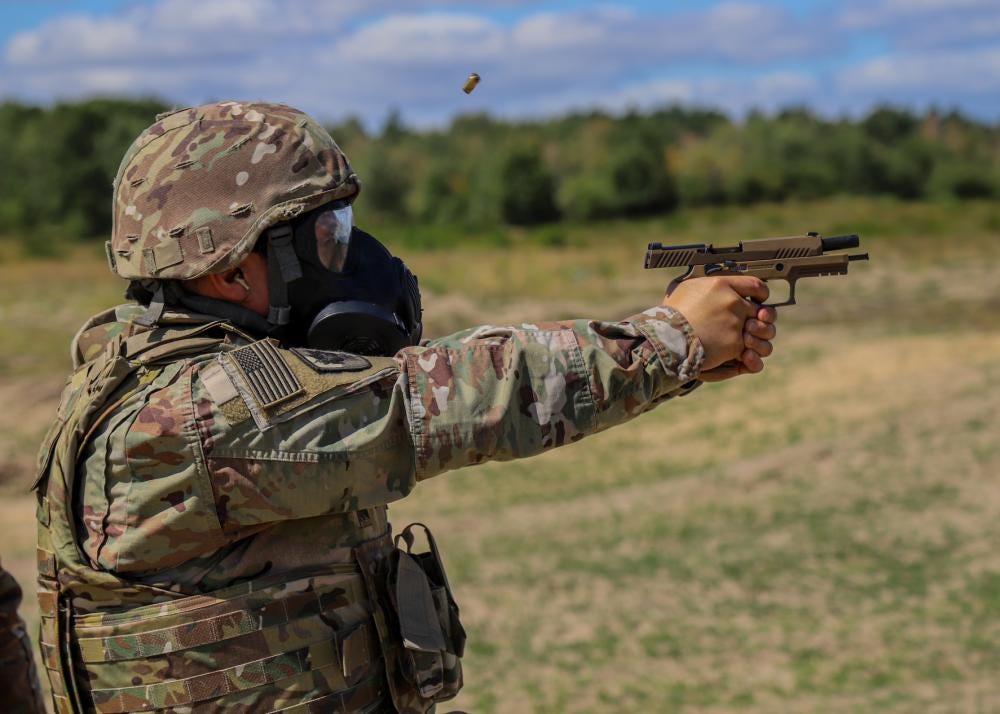


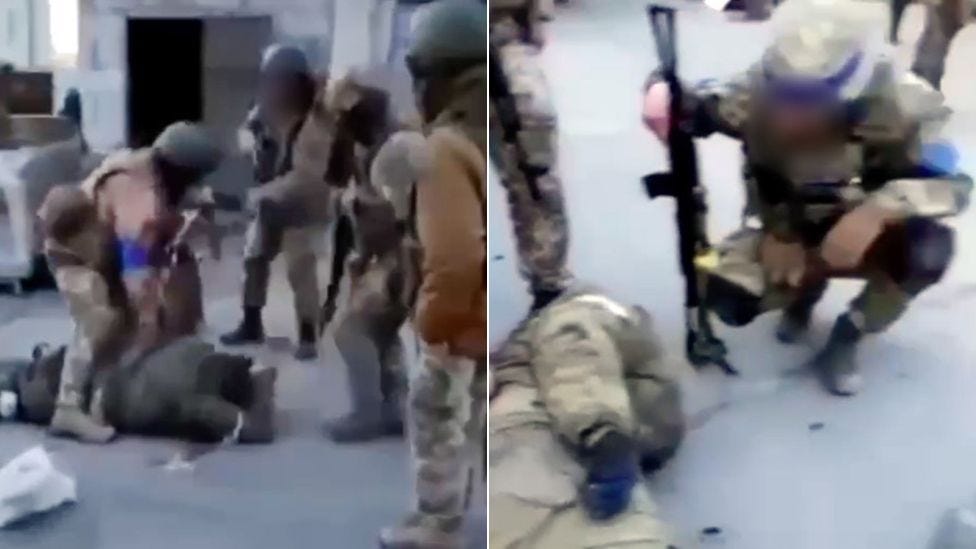
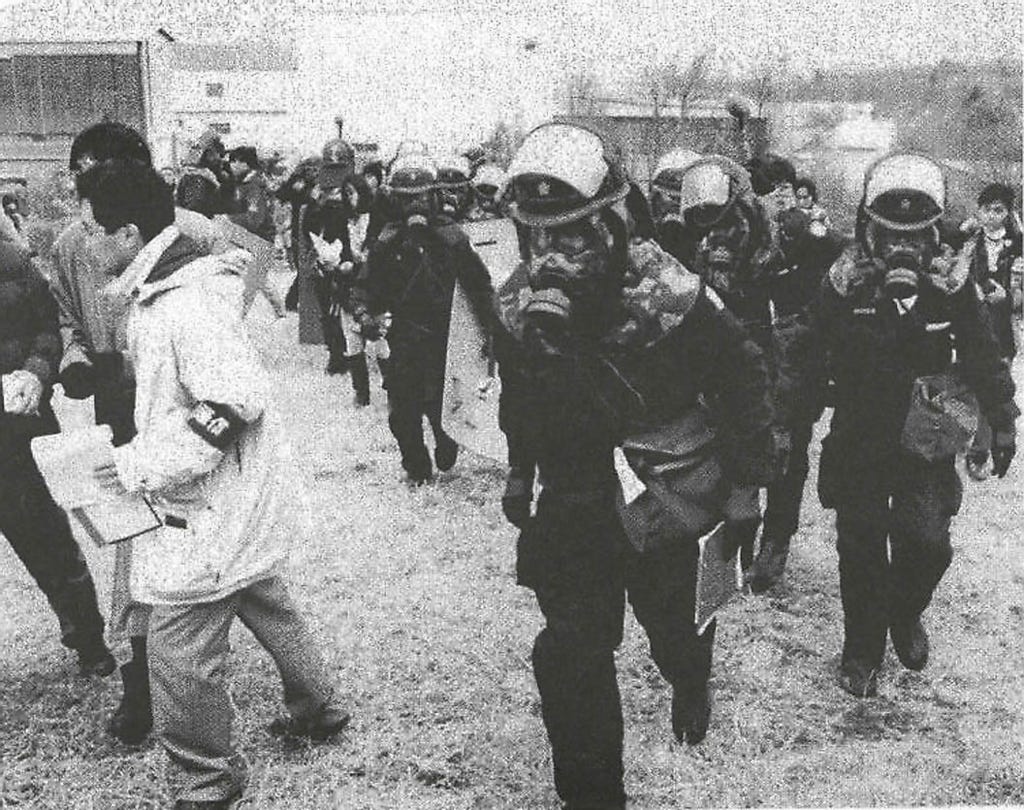

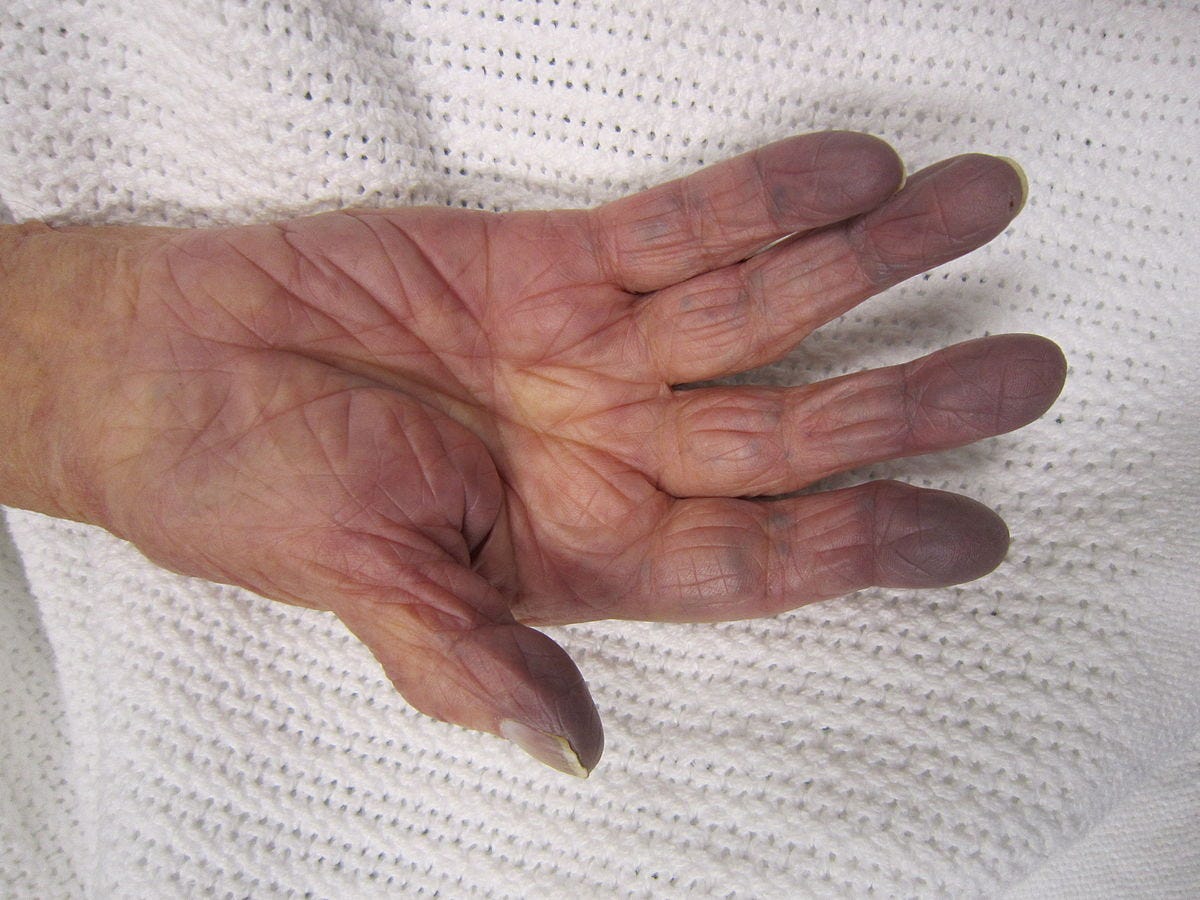



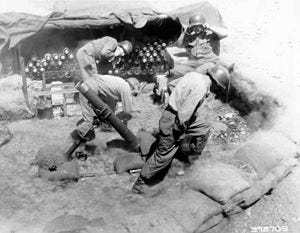
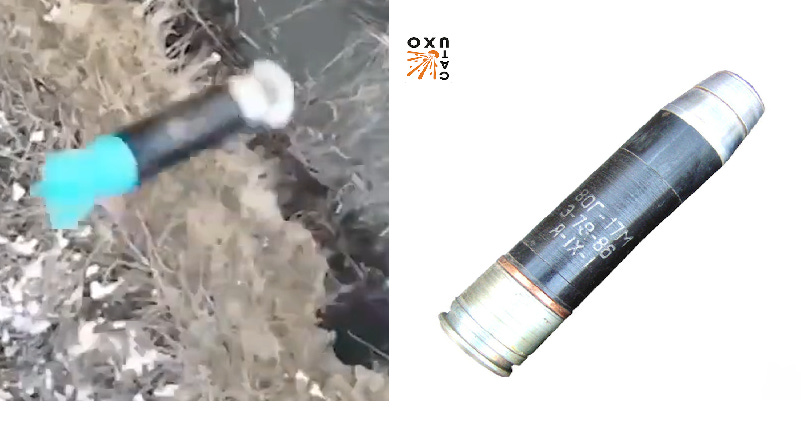



Share this post